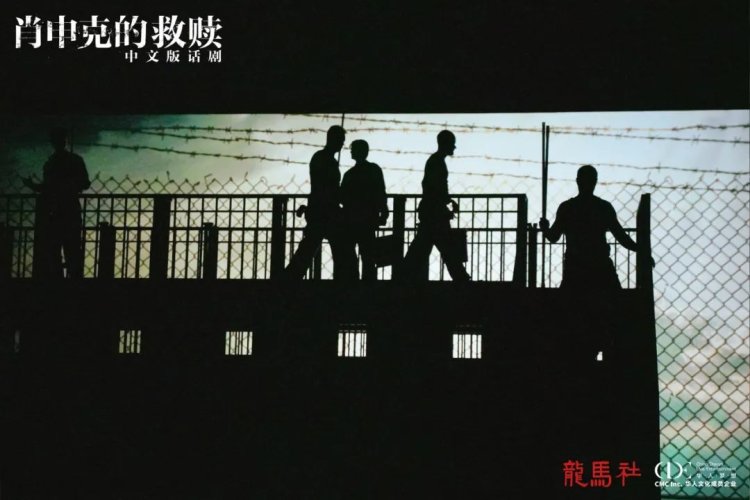China's Growing Sands
In April 2009, British photojournalist Sean Gallagher traveled 4000km through Inner Mongolia, Ningxia, Gansu and Xinjiang documenting China’s struggle with desertification. An exhibit of “China’s Growing Sands” will be opening on July 4, at 6pm at Café Zarah, on 42 Gulou Dongdajie (8403 9807) and will run through August 5. The opening, which is open to all, will include a 15-minute multimedia presentation by Gallagher. The Beijinger asked Gallagher a few questions about his work:
What inspired you to take on this project?
I began my work on desertification in 2007 after reading an article in the news about the problems China was facing with its growing sands. My background is in the sciences, so I have always had an interest in environmental issues and I photograph topics such as desertification in an attempt to highlight these under-reported issues. I received a grant in 2008 to continue my work on desertification in China, and then received another grant from the Pulitzer Center on Crisis Reporting in 2009 to continue further coverage of this subject.
What effect is desertification having on China and the world?
It is estimated that desertification affects 400 million people in China alone. These effects come in a myriad of forms including disappearing water, degraded grasslands, moving sands and environmental refugees. Sandstorms originating in China have been known to spread to the Korean Peninsula, Japan and even as far as the west coast of the United States. As former UN Secretary General Kofi Annan said in a message on World Day to Combat Desertification and Drought in 2006, "Desertification is one of the most serious threats facing humanity."
What causes it?
Desertification is not caused by one single factor. It is usually caused by a combination of factors including drought, deforestation, mis-use of water, inappropriate farming methods and climate change.
What is being done to combat it?
Desertification is not an issue that the authorities take lightly. Projects such as the planting of the "Great Green Wall", a chain of trees thousands of kilometers in length, is currently taking place in the north of China. It is aimed at stabilizing soil and protecting the capital from seasonal sandstorms. Research is also being undertaken throughout China at places such as the Turpan Desert Botanical Garden and Shapotou Desert Research Center. Here, scientists are studying plants to find the best species to 'fix' sands and return land to a level of productivity. The main problem is that the task is huge and the affected areas are so large. It is estimated that nearly 20 percent of China is now classified as desert.
Which pictures where the hardest to get?
The toughest pictures to get were probably those of sandstorms. I lost count of the number of storms I saw during my 6-week trip for Pulitzer. As the sand envelops you, it has a habit of getting into your eyes, nose, clothes and camera equipment, so you constantly have to wipe your lens down in order to get a clear shot. Shooting in those conditions were the toughest I have faced.
What does desertification mean for Beijing residents?
Sandstorms are the most visually obvious example of the effects of desertification in Beijing. However I don't think the capital will ever become a desert per se. The idea of desertification conjures up images of huge sand dunes swallowing homes and lands. Whilst this does actually occur in places in China, the threat to Beijing of this is extremely small. The nearest desert to Beijing is in Tianmo, about 90 kilometers north of the city and it is a relatively small dune system. Desertification is about aridity and this is the main factor facing Beijing and the north of China. Drought in the north is a well-documented problem, and the immense project of channeling water from the south of the country continues to be a hot topic. The associated problems with drought include the impact to the agriculture industry and shortages of drinking water, which will have direct effects on the residents of Beijing.
Sean Gallager’s blog and photographs is available online at www.gallagher-photo.com/blog.






